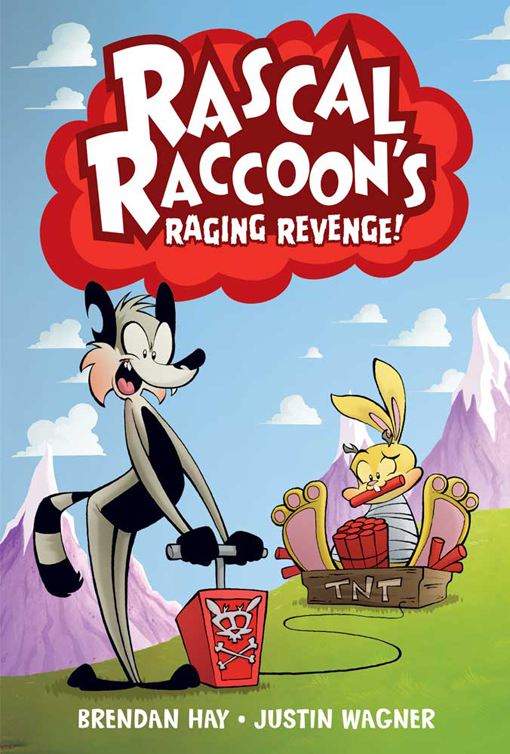Well, the story-line itself is a work of pure nostalgia, but also with a twist. This storyline focuses on what happens when the antagonist (nicknamed the "meanie") actually defeats the protagonist (the "merrie"). It also dives into why the meanie is angry at the merry, and how the meanie isn't necessarily a bad guy. This is rarely shown (except in passing in particular episodes) of older cartoons, such as Coyote and the Roadrunner, Sylvester and Tweety, as well as Tom and Jerry.
Also, the art is very similar to Looney Toons, which gives it that nostalgic feeling that I loved so much about the book. The book is only 135 pages long, so it is over rather quickly, which depressed me a little because I wanted it to go on for much longer, but to quote the book:
But this book needs more than a measly 150 likes on their Facebook page before it flickers out in my opinion. Bringing the classics back in such a new and exciting way deserves some recognition. I might just be too early though, as this book was only published in 2011. hopefully it just needs more time to gain recognition."...every cartoon ends eventually. Children's entertainment is a fickle mistress." Page 99
The only issue I have with this book, is why exactly did Jumpin' (the merrie) die? It is never quite explained in the book. They are still popular, hence the amusement park and the museum on page 40-57, so their popularity didn't die out. The animation company itself said they did not kill jumpin' in page 98. And on page 25 the doctor said that no toonie has ever died before. So why did Jumpin' die and how exactly did he come back to life in the end if the animator was (possibly) arrested on page 126? But I will let logic be because it's a comic.
Altogether this was a very nice read that I would recommend to everyone of all age groups. I give this book a 9.5 out of 10.


No comments:
Post a Comment